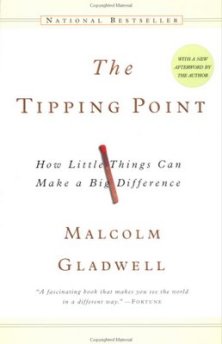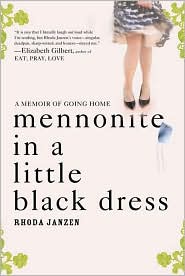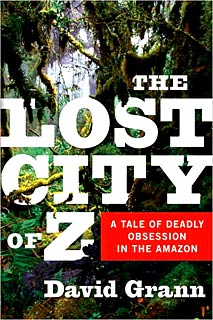This review contains affiliate links, which earn me a small commission when you click and purchase, at no extra cost to you. Thank you for supporting my small business and allowing me to continue providing you a reliable resource for clean book ratings.
I found this book in the business section of the bookstore and began reading it, thinking it would primarily provide counterintuitive ideas about marketing and sales methods. While the book does contain some of that, the author is more concerned with the key components of epidemics — and not just the kind that involve the swine flu. Epidemics are demonstrated in disease, ideas, marketing programs, fashion trends, and several other categories. Gladwell presents many examples of the people and environments that contribute to — and ultimately determine — whether an idea, disease or cultural phenomenon takes off and becomes wildly successful or vanishes into near-obscurity.
The beginning of the book introduces the key terminology the author will use to describe the influential people and situations involved in causing an epidemic. The book almost lost me at the very beginning by throwing around seemingly out-of-place and clunky terms like Connectors, Mavens, and Salesmen. It began to feel like a book that uses funny words to repackage old ideas and tries to re-sell them to you in hopes that you won’t notice the edges are already worn.
Fortunately, I didn’t cease to read at that point, because once through the introduction, the remainder of the book takes a very interesting tack. The first few chapters lay the groundwork: Who are Connectors, Mavens and Salesmen? What function do they have in causing an epidemic to occur? How do they influence others? The reader also learns the need for an idea itself to be “sticky” in order to really engage people.
The last half of the book begins a lengthy discussion of context, and how environmental factors influence the way people react, interact and ultimately make decisions about what is “cool.” Familiar business topics like innovators and early product adoption are present, but are used as examples of the underlying principles the book presents, rather than as ends in themselves. The author shares fascinating studies with counterintuitive outcomes about children’s television shows or teenage smoking or marketing campaigns. The stories are told with enough detail to provide insight and support for the main arguments without overdoing the statistics and scientific detail.
Rated: Mild. The reader will encounter a little mild language, but the book generally avoids expletives and maintains a slightly academic tone to present its ideas.
Click here to purchase your copy of The Tipping Point on Amazon.





Pingback: Blink: The Power of Thinking Without Thinking | Rated Reads